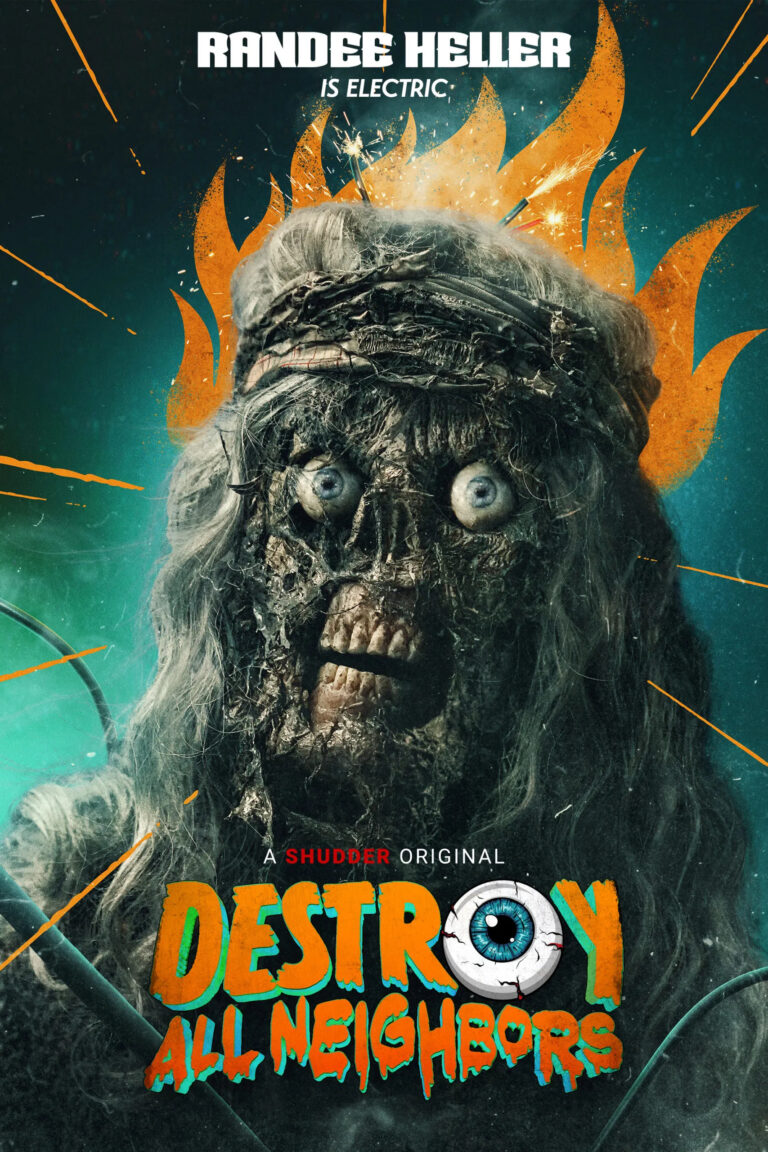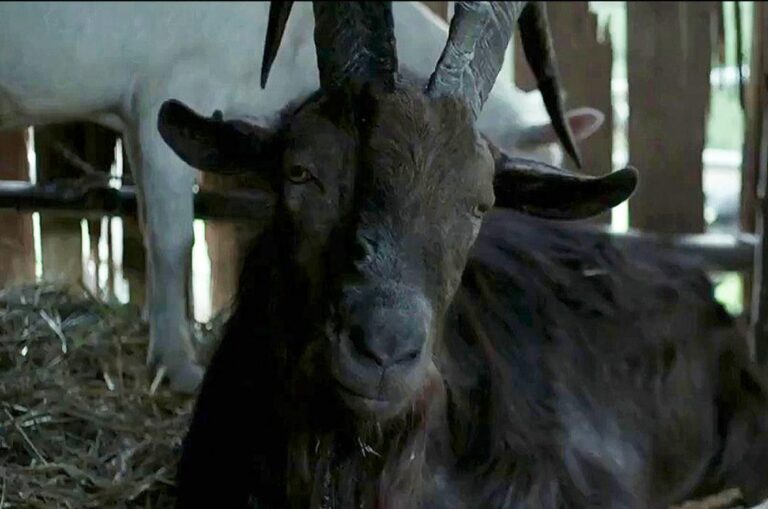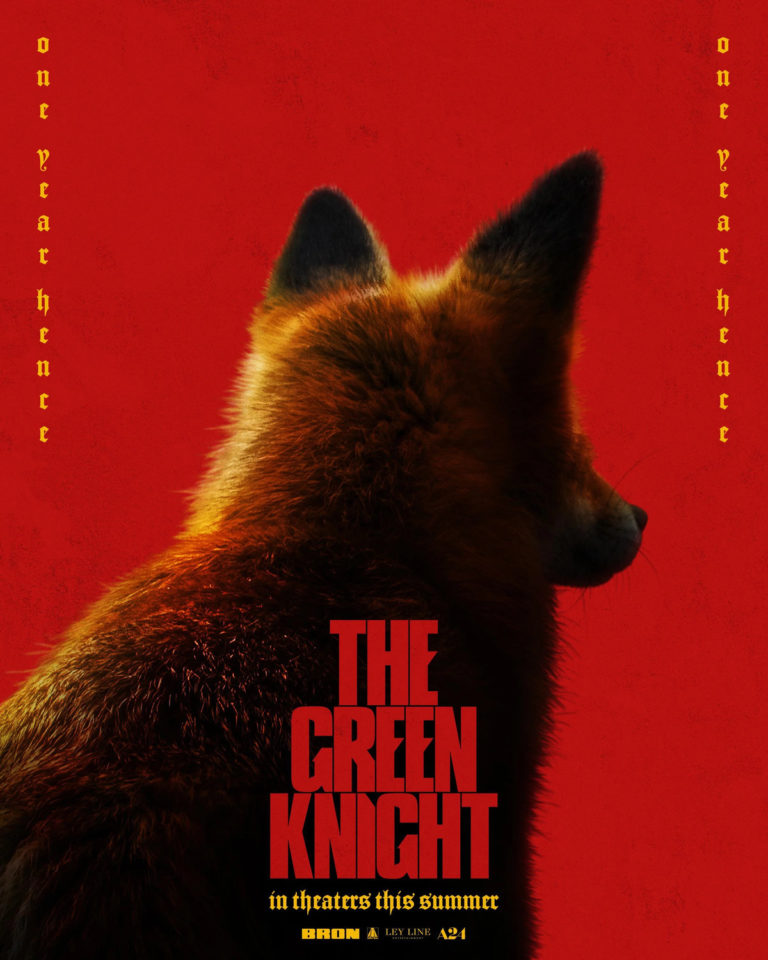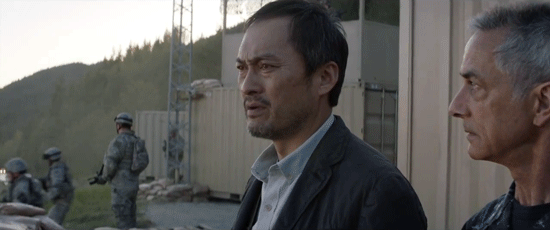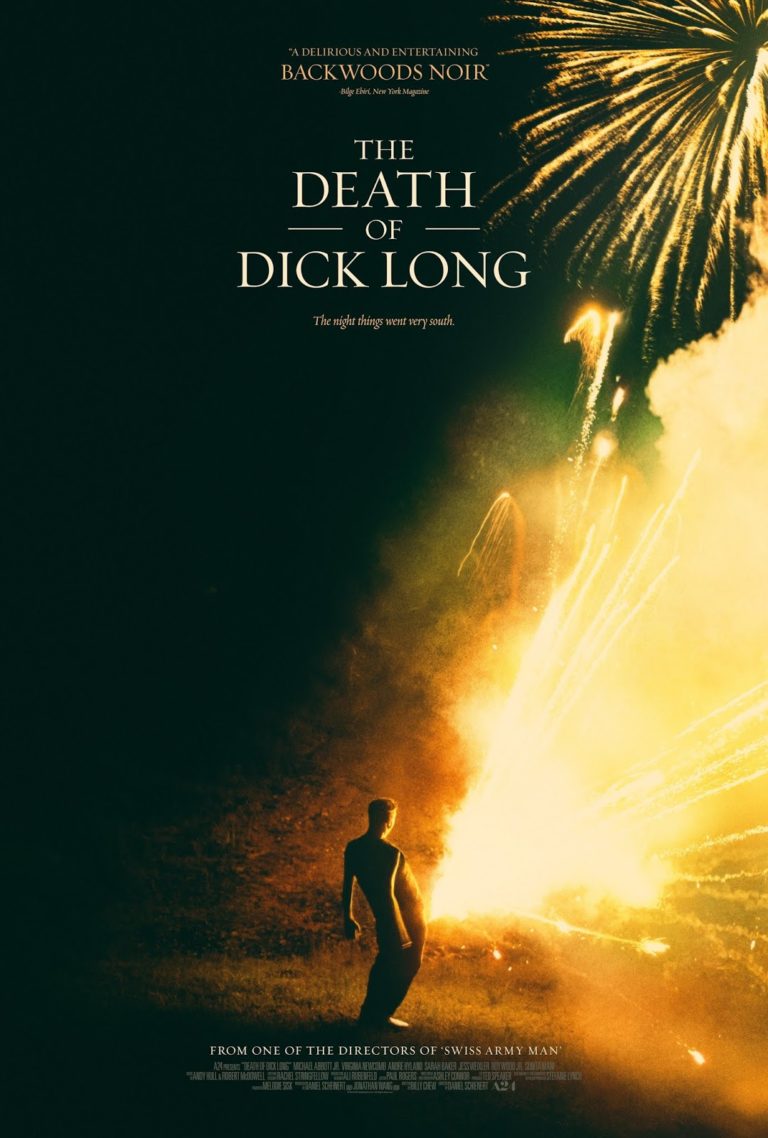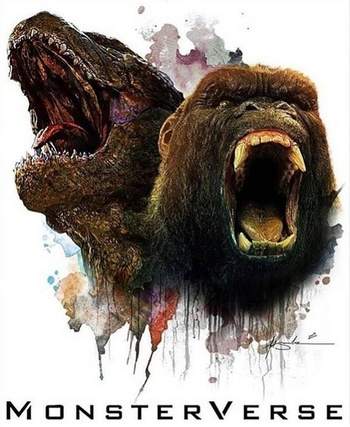It’s mid-December, so that means another count-down of my favourite movie posters of the past year! In...
godzilla
Surprise! Like I said in my favourite video games list, I’ve been tracking every movie I’ve watched...
So, since I went through my top 100 games of all-time, I thought it might be interesting...
Welcome back to the mostly-annual year-end countdown of the best movie posters of the year! Obviously since...
Godzilla vs. Kong was easily the most excited I have been for a movie since… well, since...
Welcome back to the annual, year-end countdown of the best movie posters of the year! And just...
When it comes to cinematic universes, we all know the story: Marvel’s only getting better as they...
